Description
Why do we love Italian food more than anything else? Sure, it has a lot to do with cheese, but the secret's in the seasonings. Get to know these eight fresh herbs, and you'll be cooking up authentic Italian cuisine in no time.
Basil

Sweet and aromatic, this herb is best used fresh or dried. When using fresh basil, add it toward the end or after the cooking process to prevent muddying the flavor. Basil particularly shines when paired with white meats, seafood, berries, and tomatoes. If chopping fresh basil, do so just before using—it tends to oxidize and turn brown once cut.
Rosemary

Rosemary has a piney and evergreen flavor. This herb works well with sauces, tomatoes, spinach, mushrooms, and roasted meats, such as chicken, pork, and beef. And here's our favorite secret: Once you remove the leaves, use the stems to secure prosciutto around chicken breasts. Try it in this recipe for Prosciutto-Wrapped Rosemary Chicken.
Sage
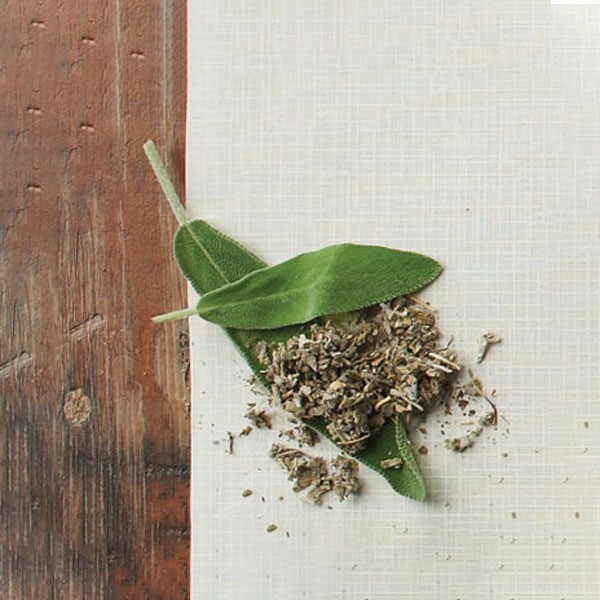
Sage has a unique peppery and slightly bitter flavor. It's commonly used to season Italian sausages, and it goes great with cheeses, apples, and squashes. Because raw sage has a harsh bite, it's better to cook it slightly to mellow the flavor. Rubbed sage is also quite common in Italian cuisine. This particular spice consists of sage that has been dried and then is rubbed between your fingers to create a textured seasoning.
Thyme
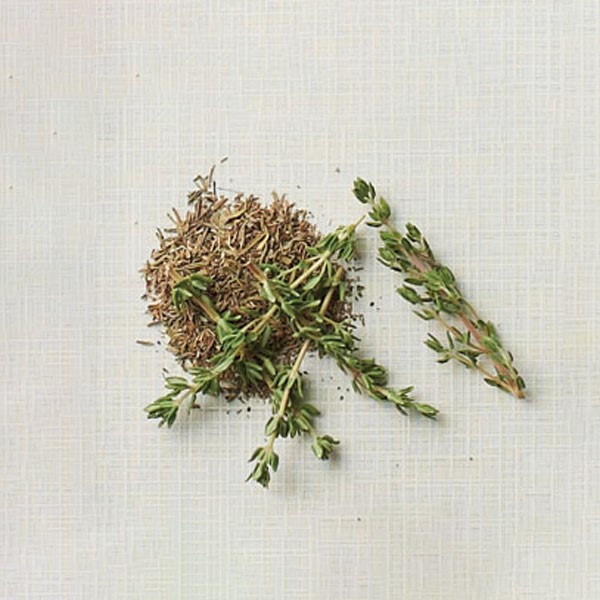
This small-leafed woodsy-flavored herb is often used with lamb, poultry, eggs (seriously, try adding fresh thyme to scrambled eggs), tomatoes, soups, and stews. Thyme can be found in fresh, dried, or powdered versions. The fresh form is more potent, but thyme is also an herb that retains its flavor when dried.
Parsley
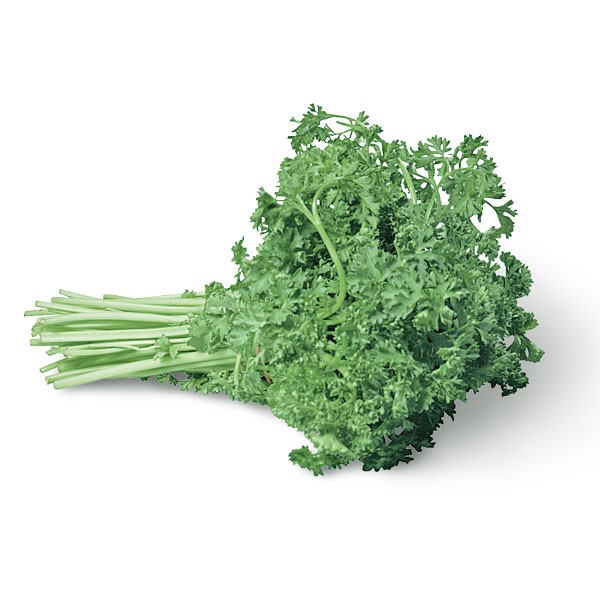
Fresh, lemony, and subtle, there's really no other way to describe it. Parsley is a versatile herb that adds a fresh flavor when sprinkled on fish, chicken, pastas, and everything else you could imagine. There are two different types of fresh parsley: Italian flat leaf and curly. Flat leaf parsley tends to have a more robust flavor when compared to curly parsley, which is used mostly for garnishes.
Oregano

Fresh oregano has the ability to vary slightly in flavor, depending on where it was grown. It's known to have a warm, aromatic, and slightly bitter taste and is one of the most common herbs paired with pizzas. When using oregano, remember that it's more flavorful dried.
Chives
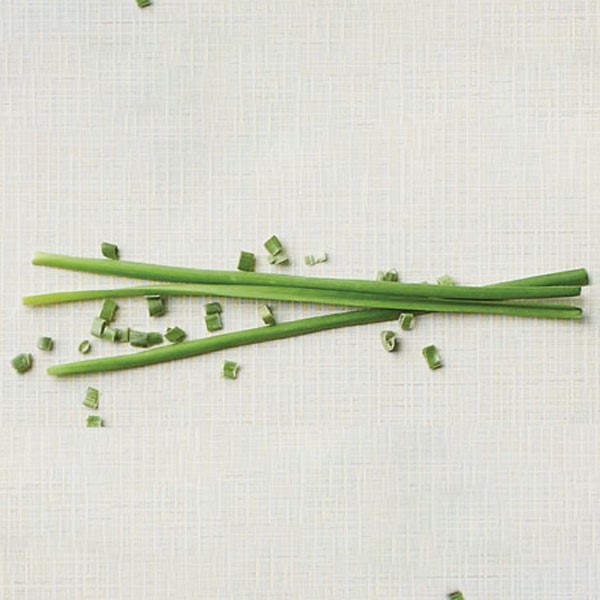
Chives are thin tube-like green shoots that taste similar to garlic and onions—which is why they're so good on meat, seafood, roasted vegetables, soups, and spreads. Make quick work of chopping chives by using kitchen scissors to snip from end to end.
Bay Leaves
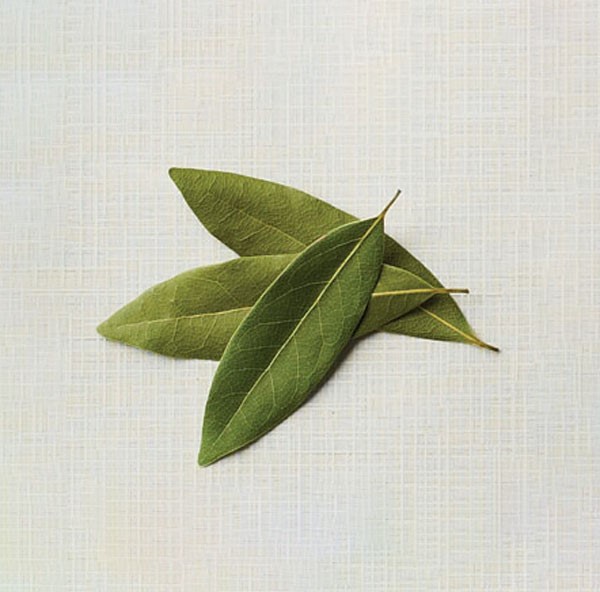
Harvested from shrubs native to Italy and the Mediterranean region, bay leaves can be used fresh, dried, whole, or ground. The use of bay leaves in Italian cuisine is typically whole dried leaves or dried ground leaves. They are used to add a depth of flavor to soups, stocks, and sauces. When using whole, dried bay leaves, remember to remove the leaves before serving.

